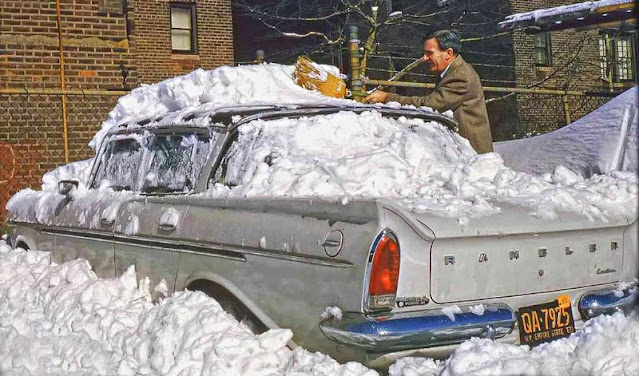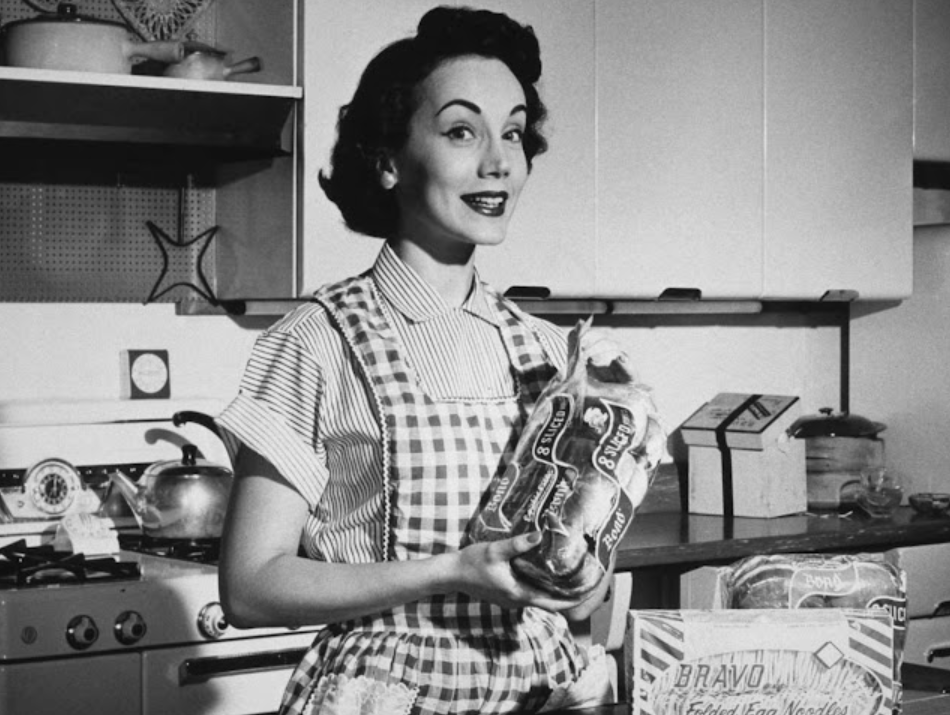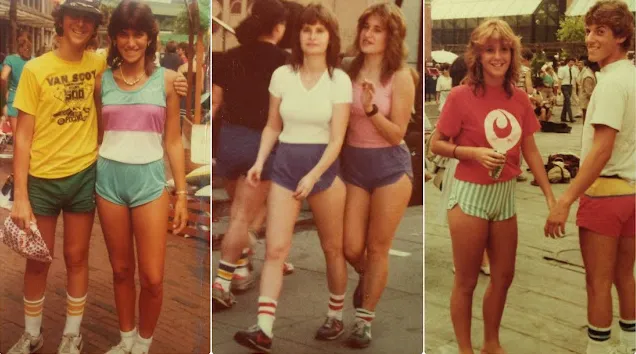In the America of 1968, computers weren’t at all personal. They were refrigerator-sized behemoths that hummed and blinked, calculating everything from consumer habits to missile trajectories, cloistered deep within corporate offices, government agencies and university labs. Their secrets were accessible only via punch card and teletype terminals.
On December 9, 1968, Doug Engelbart and his Augmentation Research Center (ARC) at SRI staged a 90-minute public multimedia demonstration which presaged many of the technologies we use today.
![]()
|
| Bill English preparing for the 1968 Demo. (SRI International) |
![]()
|
| Bill English and crew preparing for the 1968 Demo, including volunteer Stewart Brand (kneeling). (SRI International) |
![]()
|
| Bill English and crew preparing for the 1968 Demo, including volunteer Stewart Brand (operating camera). (SRI International) |
The demonstration is hailed as one of the most significant technological presentations in history, showcasing technologies that have become what we now know as modern computing. He gave the first public demonstration of a computer mouse, a graphical user interface, windowed computing, hypertext, word processing, video conferencing, and much more.
During the presentation, Engelbart used his mouse prototype to move around the screen, highlight text, and resize windows. This was the first time that an integrated system for manipulating text onscreen was presented publicly. Engelbart would simultaneously appear on a portion of the projected screen, along with the computer’s output and then demonstrated collaborative editing and teleconferencing. At separate times, his Augment associates Jeff Rulifson and Bill Paxton appeared in another portion of the screen to help edit the text remotely from ARC. While they were editing they could see each other’s screen, talk and see each other as well. He further demonstrated that clicking on underlined text would then link to another page of information, demonstrating the concept of hypertext.
![]()
|
| A scene from Doug Engelbart’s groundbreaking 1968 computer demo. (Doug Engelbart Institute) |
![]()
|
| A prototype of Engelbart’s first computer mouse. (APIC/Getty Images) |
When he finished the demonstration, the audience gave him a standing ovation. To further demonstrate the system, a separate room was set aside so that attendees could take a closer look at the
NLS workstations and ask Engelbart questions. One last notion is that of Engelbart’s NLS system. As Fred Turner stated in his book
From Counterculture to Cyberculture:
Engelbart promulgated a philosophy of 'bootstrapping', in which each experimental transformation of the socio-technical system that was the NLS would feed back into the system itself, causing it to evolve (and presumably to improve).
Douglas Engelbart had assembled a team of computer engineers and programmers at his Augmentation Research Center (ARC) located in Stanford University’s Stanford Research Institute (SRI) in the early 1960s. His idea was to free computing from merely being about number crunching and for it to become a tool for communications and information-retrieval. He wanted to turn Vannevar Bush’s idea for a Memex machine into reality, where a machine used interactively by one person could “Augment” their intelligence. Over the course of six years, with the funding help of both NASA and ARPA, his team went about putting together all the elements that would make such a computer system a reality. At the urging of ARPA’s director, Robert Taylor, the NLS would make its first public appearance at the 1968 Fall Joint Computer Conference in San Francisco’s Civic Auditorium.
![]()
|
| Herman Miller designers collaborated with Engelbart to create custom office furniture in time for the demo, including this custom swivel keyboard console with space for mouse and keyset, mounted on a Eames-style captain’s chair. (Arc Bootstrapper) |
![]()
|
| Doug Engelbart presenting the computer mouse at what came to be called the Mother of All Demos in 1968. (APIC/Getty Images) |
The conference session was presented under the title
A research center for augmenting human intellect. Approximately 1,000 computer professionals were in attendance in the auditorium to witness the presentation. Notable attendees in the audience included Alan Kay, Charles Irby and Andy van Dam, as well as Bob Sproull.
Engelbart, with the help of his geographically distributed team, and with Bill English directing the presentation’s technical elements, demonstrated NLS’s functions. The presentation used an Eidophor video projector that allowed the video output from the NLS computer to be displayed on a large 6.7 metres (22 ft) high screen so the audience could see what Engelbart was doing. Additionally, live video of him and his associates from ARC in Menlo Park, about 48 kilometers (30 mi) away, was combined with the computer’s output on the Eidophor. The Augment researchers also created two customized homemade modems at 1200 baud – high-speed for 1968 – linked via a leased line to transfer data from the computer workstation keyboard and mouse at the Civic Auditorium to their Menlo Park headquarter’s SDS-940 computer. In order to provide live two-way video between the lab and the conference hall, two microwave links were used. English also commanded a video switcher that controlled what was displayed on the big screen. The camera operator in Menlo Park was Stewart Brand—at the time, a non-computer person, best known as the editor of the Whole Earth Catalog—who also advised Engelbart and the team about how to present the demo.
The demonstration was highly influential and spawned similar projects at Xerox PARC in the early 1970s. The underlying technologies influenced both the Apple Macintosh and Microsoft Windows graphical user interface operating systems in the 1980s and 1990s.










